Ensuring effective risk management is imperative for organizations striving to meet their objectives amidst a backdrop of internal and external uncertainties. The International Organization for Standardization (ISO) has established universally acknowledged standards offering comprehensive guidance and principles for the systematic implementation of risk management.
This article will uncover the pivotal elements of ISO risk management standards and outline a detailed, step-by-step process for their application.
Part 1: What is Risk Management?
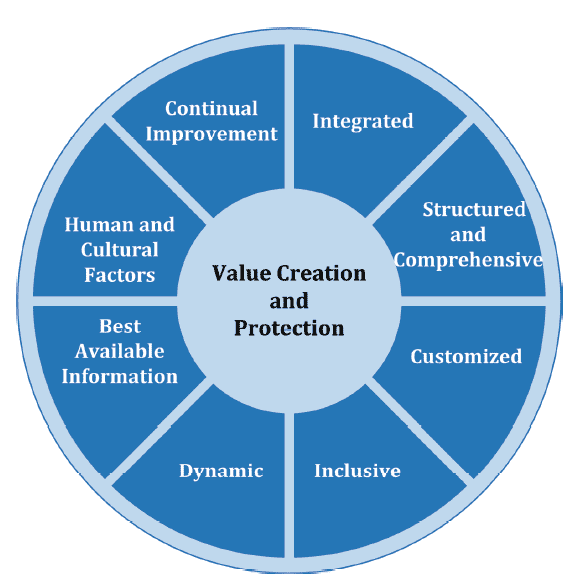
Risk management refers to the structured process of identifying, analyzing, evaluating, treating, monitoring, and communicating risks associated with any activity, function, or process. It involves developing strategies to avoid or minimize threats while leveraging opportunities. The goal of risk management is to enable informed decision-making and meet objectives even in uncertain conditions.
Part 2: Overview of ISO Risk Management
The most renowned ISO standards on risk management include ISO 31000 and ISO 31010 published by the ISO Technical Committee for risk management.
ISO 31000 provides principles, frameworks, and processes for managing risks faced by organizations. It emphasizes integrating risk management, aligning to goals, and customizing implementation.
ISO 31010 details various techniques for assessing risks such as risk identification, estimation, evaluation, prioritization, etc. that complement ISO 31000.
Together, they provide comprehensive guidance to establish enterprise risk management. The ISO also publishes specialized standards for information security risk, supply chain risk, etc.
Part 3: Key Components in ISO Risk Management Framework
The ISO risk management framework revolves around the following key components:
- External and internal context – operating environment including stakeholders.
- Risk management principles – foundational beliefs for managing risks.
- Risk assessment – This process involves identification of risk, analysis, and evaluation.
- Risk treatment – selecting and implementing options.
- Communication and consultation with stakeholders.
- Monitoring and review for improvement.
Part 4: Steps in the ISO Risk Management Process
The typical ISO risk management process involves:
- Defining scope, objectives, and internal/external context.
- Developing risk management policy and obtaining senior management commitment.
- Customizing risk management methodology as per organizational needs.
- Conducting risk assessment – identification, estimation, and evaluation.
- Selecting risk treatment strategies– mitigation, transfer, acceptance, etc.
- Formulating risk treatment action plans and implementing controls.
- Communicating and consulting with stakeholders through the process.
- Monitoring, reviewing, and continually improving the framework.
Part 5: Benefits of Implementing ISO Risk Management Framework
Adopting ISO risk management guidelines provides significant benefits:
- Enables structured and consistent risk management.
- Integrates risk-informed decision-making across the organization.
- Prioritizes allocation of resources towards critical risks.
- Builds risk management capabilities and risk-aware culture.
- Improves compliance with regulations and standards.
- Provides competitive advantage and resilience.
- Optimizes organizational performance through improved controls.
Part 6: Creating a Risk Management Diagram Using EdrawMax
Risk management frameworks and processes can be effectively communicated through visual diagrams. EdrawMax's significance in risk management diagram creation lies in its user-friendly interface and extensive template library. With an intuitive platform, users, regardless of technical expertise, can effortlessly design comprehensive risk management diagrams.
The software offers a wide array of customizable symbols and pre-designed templates, streamlining the process and ensuring professional-quality results. This empowers organizations to effectively communicate and strategize their risk management initiatives, ultimately enhancing operational resilience and success.
Key features that make EdrawMax useful are:
- Specialized risk management templates provide a starting point
- Extensive libraries of intuitive shapes, symbols, and icons
- Drag and drop interface for easily building diagrams
- Ability to quickly link elements showing connections
- Powerful customization of layouts, styles, fonts, colors
- EdrawMax supports multiple export formats including PDF, JPG, PNG, etc.
The main steps to create a risk management diagram in EdrawMax are:
Step 1:
Open the EdrawMax software on your computer. Browse through the template library and choose a risk management template that suits your specific needs. EdrawMax offers a variety of templates designed for different industries and risk scenarios.
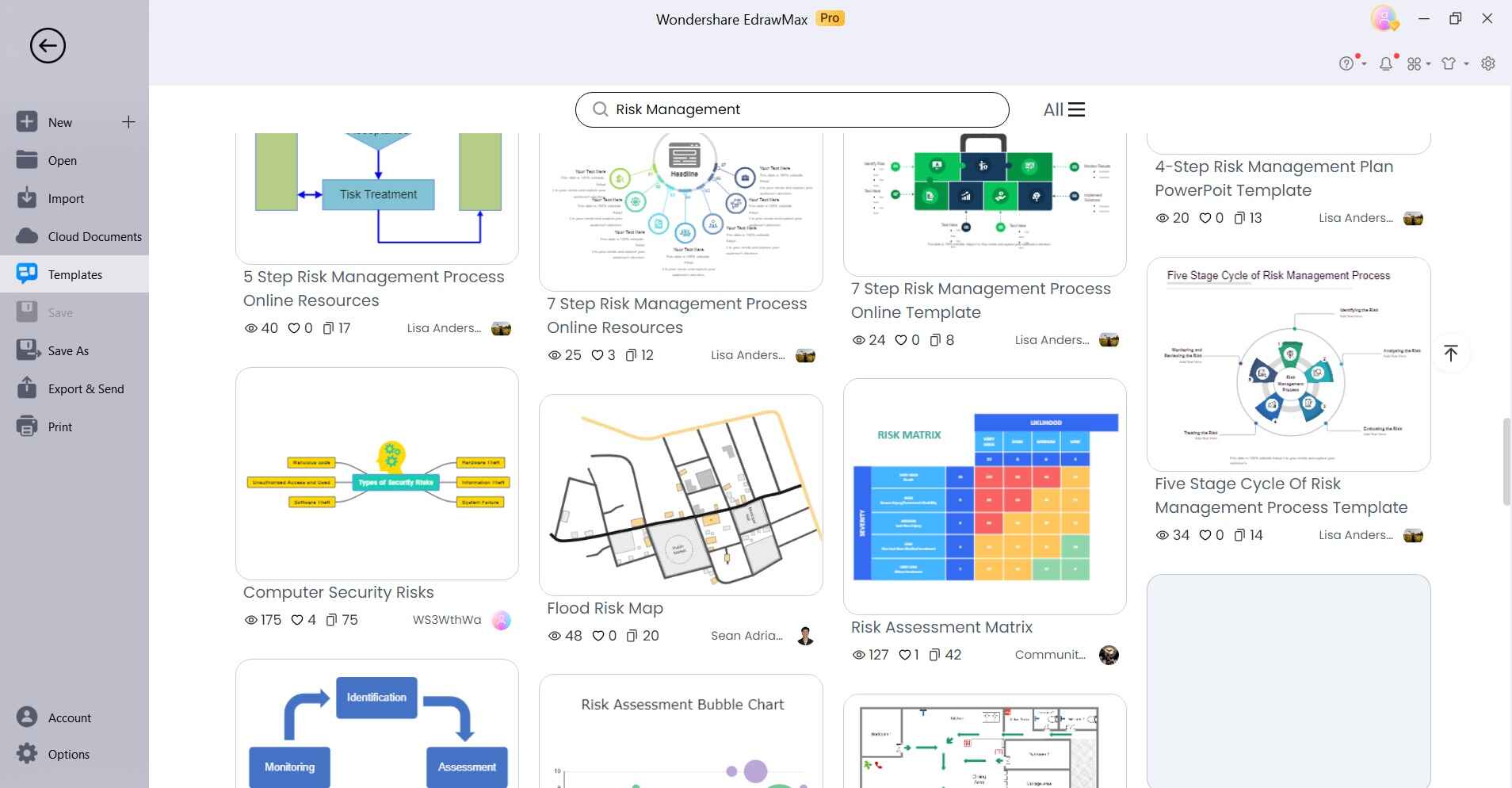
Step 2:
Once you've selected a template, you can customize it to fit your organization's unique requirements. This includes adding, deleting, or modifying elements like shapes, text, and symbols.
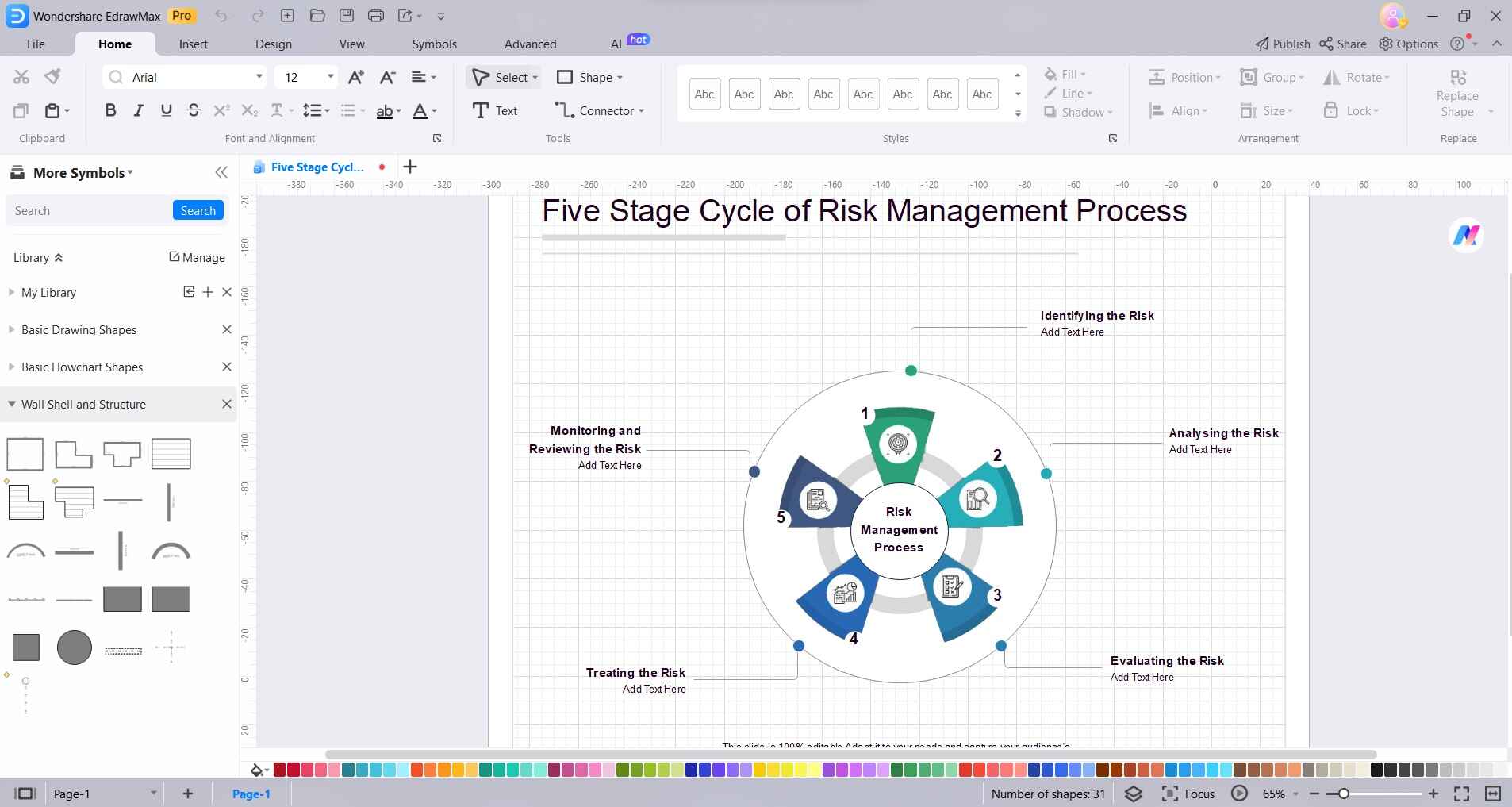
Step 3:
Use arrows or connectors to illustrate the relationships between different risk elements. This helps convey how risks are interconnected and impact each other.
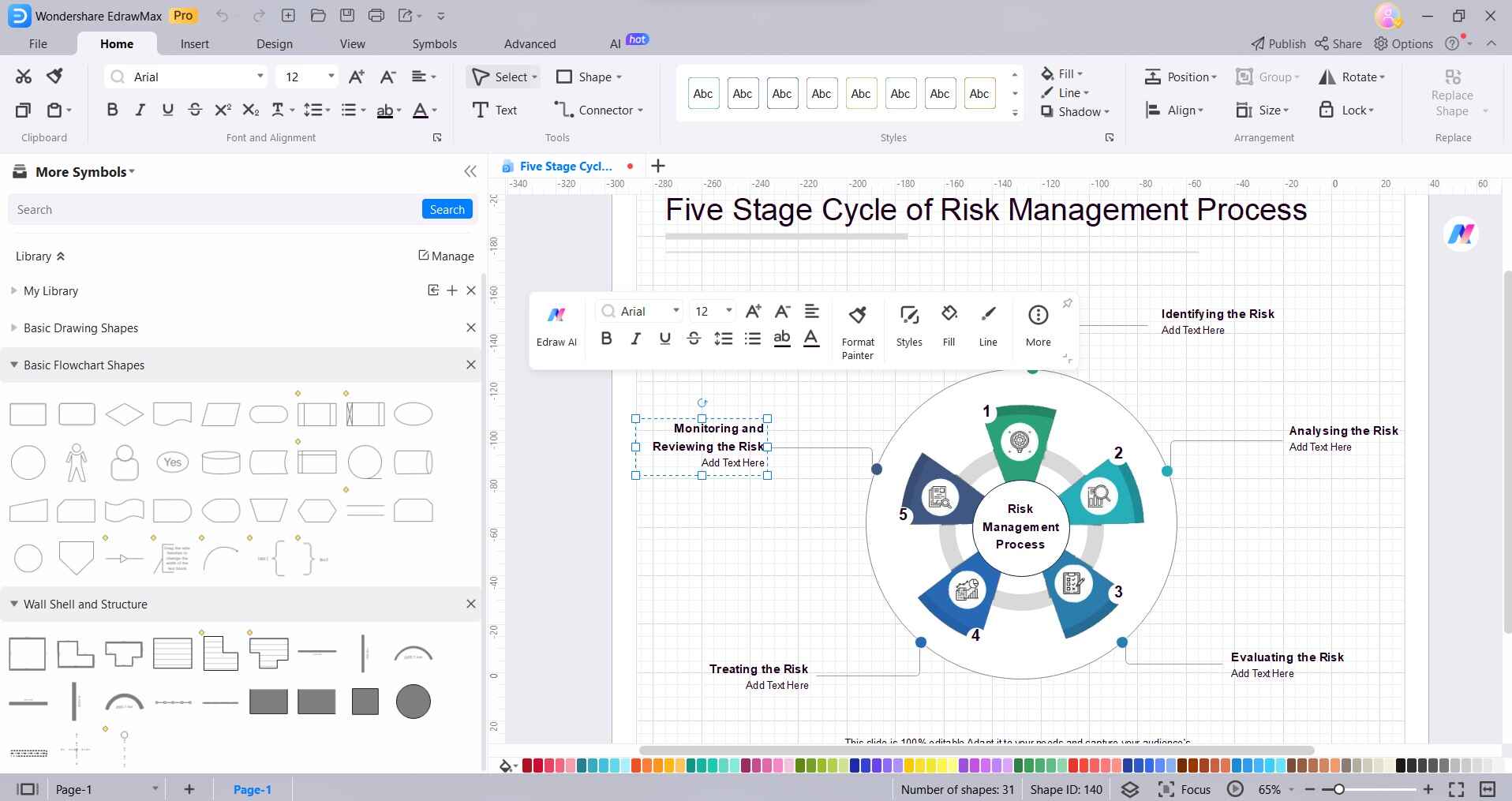
Step 4:
Provide context and details for each risk, such as potential impacts, likelihood, and severity.
Step 5:
Click on the element you want to format with a different color to activate it. Look for the "Fill" or "Outline" option in the toolbar at the top of the screen. Click on it to open the color palette. In the color palette, select the color you want to apply to the element. You can choose from the predefined color options or use the custom color picker to select a specific shade.
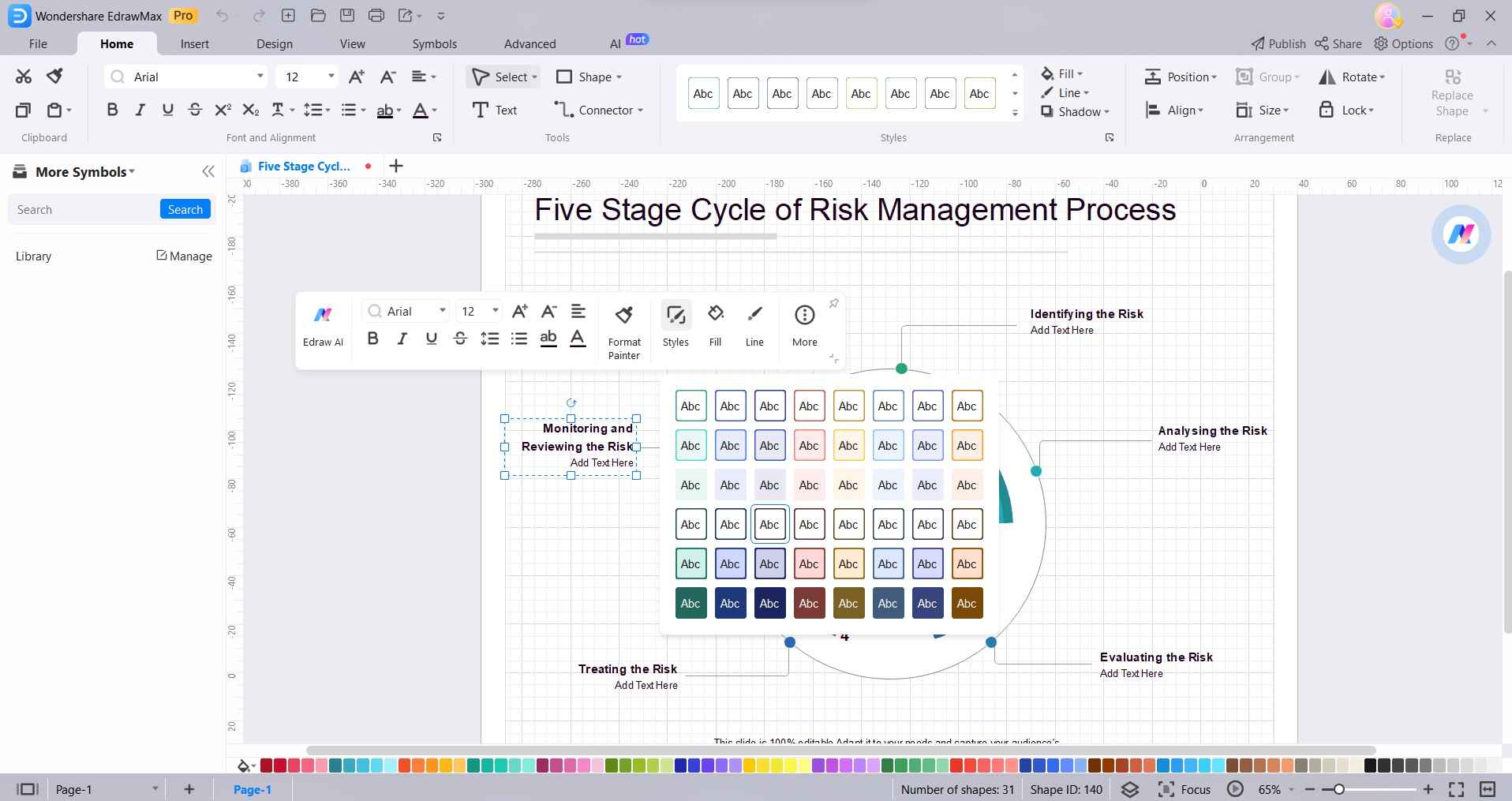
Step 6:
Once you're satisfied with the diagram, save it to your preferred file format (e.g., PNG, PDF, etc.) for easy sharing and future reference.

By following these steps, you can efficiently create a comprehensive risk management diagram using EdrawMax's intuitive template-based interface.
Conclusion
Implementing ISO 31000 and 31010 standards enables organizations to adopt globally recognized best practices for holistic risk management. Following the key components and step-by-step process allows effective execution tailored to organizational needs. Diagramming tools like EdrawMax facilitate easy communication of risk management methodology across the organization.
Overall, a structured ISO approach to risk management provides significant benefits for informed decision-making and building organizational resilience.




